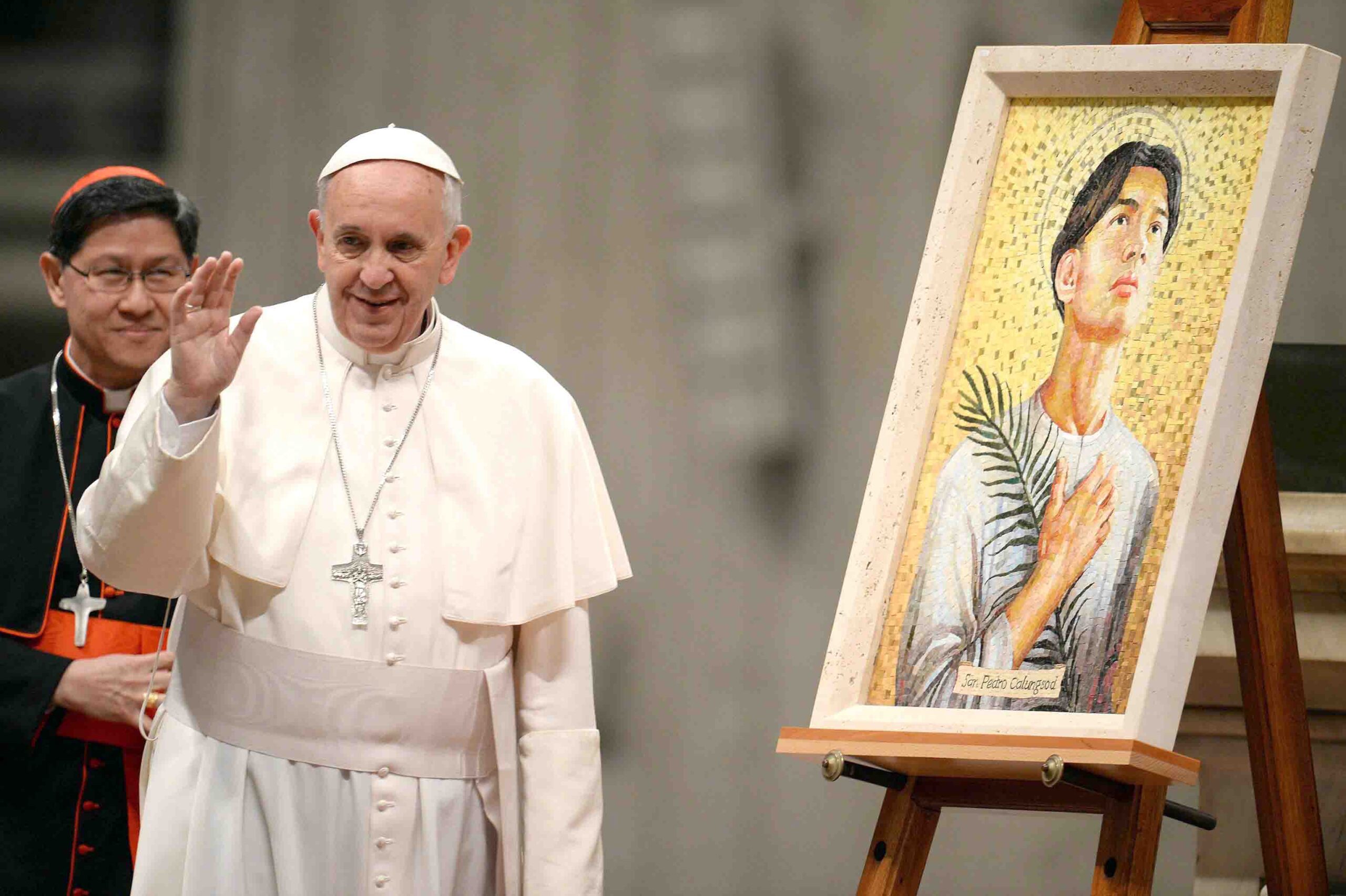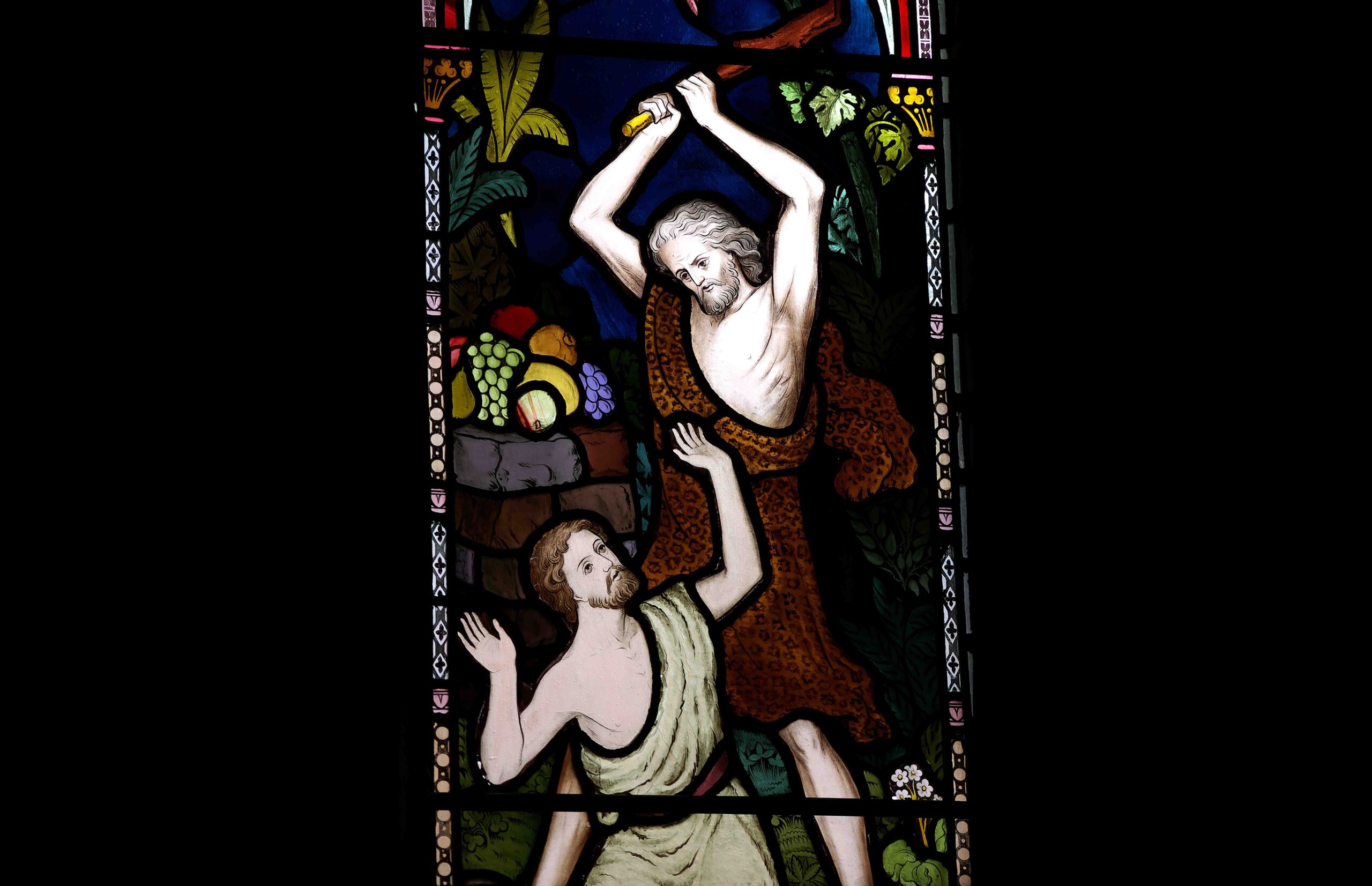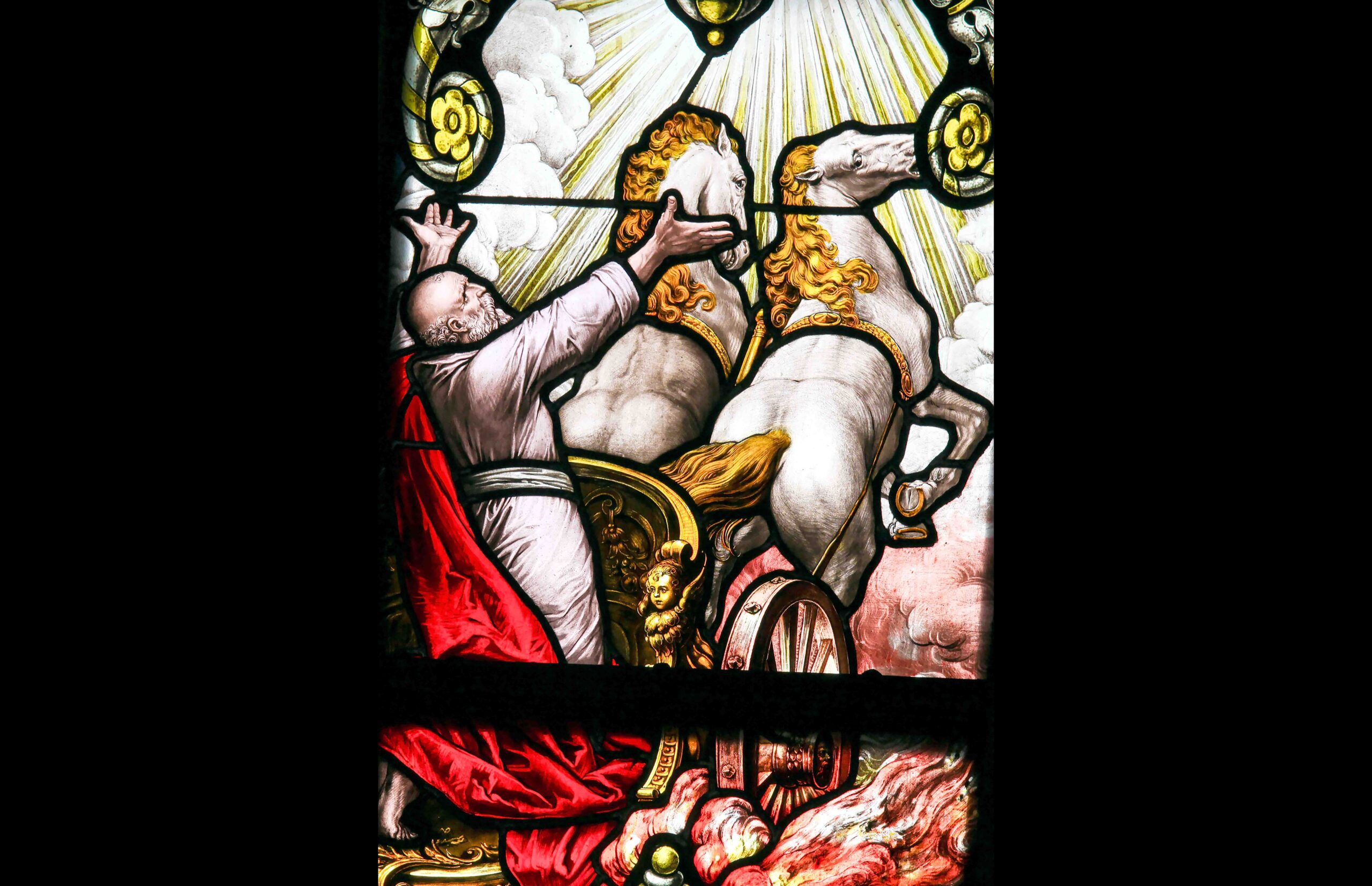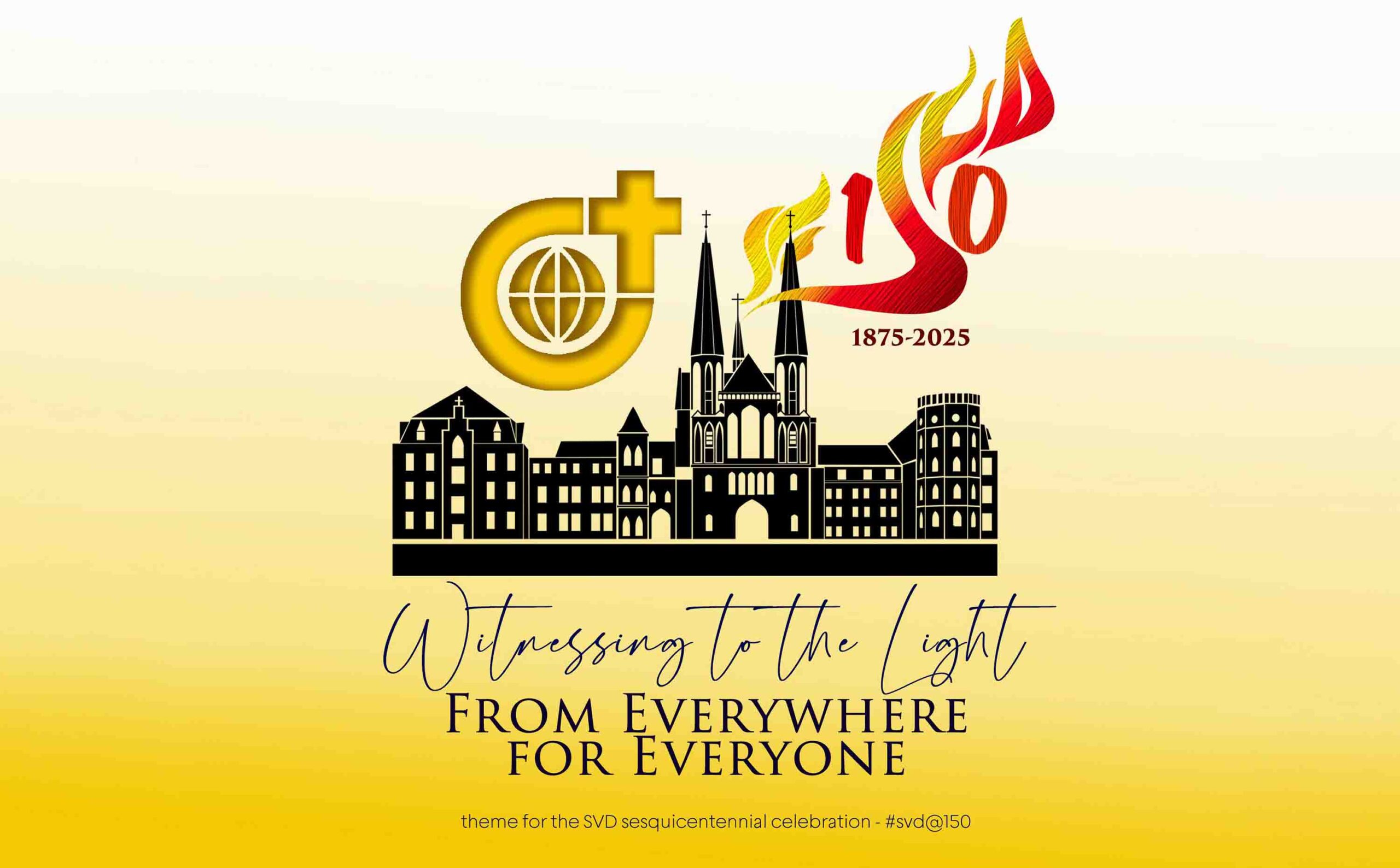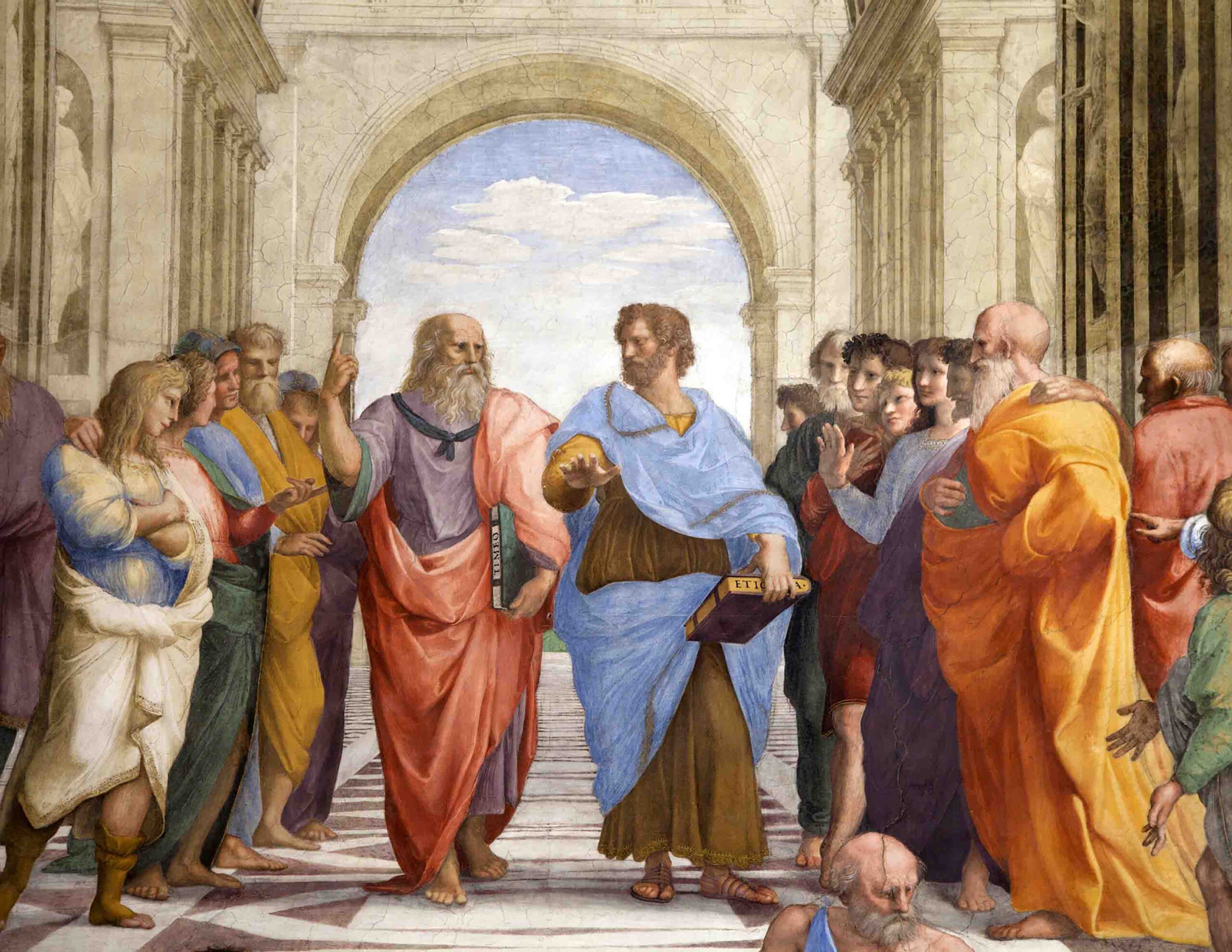The Message of Jesus is meant to reach all people in their life contexts to address their specific needs. It is good that young Christian believers learn to bear witness to it with skill. Prophets of old thundered against evil, injustice, religious hypocrisy. They spoke with passion. They challenged the leaders. They chided the people. They predicted God’s wrath. They announced doom. They called for a change of heart. They spoke with skill.
And when people repented, they assured them of God’s forgiveness. They spoke of His compassion. They encouraged and comforted. They announced a golden era of universal harmony and perfect well-being. Similarly, Jesus asked his disciples, “Go into the highways and bylanes” (Luke, 14:23), and again, “What you heard in secret announce it from the housetops” (Matthew, 10:27).
COMMUNICATE WITH SKILL
We find that the prophets, Jesus himself, or Paul, were amazingly skilled in communicating: knowing how to choose the topic for each occasion, relating it with a scriptural passage, addressing a debated issue of their days, asking a question, changing the topic, winning attention, inserting a story, dramatizing the message with an acted parable, raising the voice, lowering the tone, refusing to answer, asking a counter-question…and most of all making people think.
The prophetic task today is not necessarily denouncing and humiliating people, but taking them to their deeper selves, helping them to correct themselves and move in a new direction. This seems to be closer to the Asian style of confronting. For, we believe in the power of reasonable thought, we have complete confidence in the Gospel (Romans, 1:16).
The Christian evangelizer looks up to these examples and tries to make his/her own those methods that he/she finds most suited to him in different contexts. When he is addressing his message across cultures, he should seek to be extremely sensitive, and genuinely creative according to the possibility and need of each situation.
IMAGES SPEAK TO THE MASSES
Take note, for example, that wise teachers like Buddha, Socrates and Confucius taught with abundant use of images, icons, questions, and invitation to reflection. There is something unique about images. They speak to the collective unconscious of communities and of entire societies. They speak to illiterates. They speak to the masses. They speak to poetically sensitive persons. They speak to religiously open people. They influence culture at a very deep level.
We cannot underestimate the power of images. The icon of Mother Teresa was unbelievably intelligible and acceptable to the Indian masses. Pope Francis too has emerged as a powerful icon in our days.
Jesus spoke in pictures: light, salt, lamp, net, coin, mustard seed, fig tree, living water, straying sheep, the sower who went to sow, the man who traveled from Jerusalem to Jericho, the man who distributed his wealth before leaving on a long journey. He taught nothing without the use of parables (Matthew, 13:34). If we explore further and look at Jesus’ activities, we will notice that His work of healing and feeding were symbolic actions; they pointed beyond the immediate benefit they conferred. After He had opened the eyes of the blind man, He spoke of Himself as the Light of the world. After He had fed the crowds, He referred to Himself as the Bread of Life. The ‘word’ explained the ‘deed’, and made the message clear.
The Christian tradition in the East expounded religious doctrine with a rich use of images in teaching, hymns, and liturgy. The Western tradition also gave importance to educating people in faith through the use of images: in art, architecture, music, paintings, sculpture, stained glass windows, forms of asceticism and religious discipline, and the Christian calendar pedagogically marked with celebrations and Christian observances. The color, dignity and splendor surrounding the Liturgy had an educative and formative value. It proves that beauty communicates best: changes minds, converts hearts, and stimulates action.
With the popularity of the TV in modern times and the revival of folk art (dances, mimes, skits, and theatricals) and indigenous ways of communication in various parts of the world, the popularity of images has gained ground. We have seen how media images speak, influence minds, change mentalities, transform cultures, and revolutionize entire societies. Whether on TV, the Internet, or any other modern means of communication, opportunities for sharing the Christian message are only growing.
Let us take the argument one step further. The Christian work of education, health, and social transformation should have a sign-value. It should become an icon of God’s love for children, the sick or the poor in each context.
An entire world is open to a creative Evangelizer to reach out with a Loving Message in diverse ways in diverse contexts. Go into the media further and take the message to the “highways and bylanes”!











